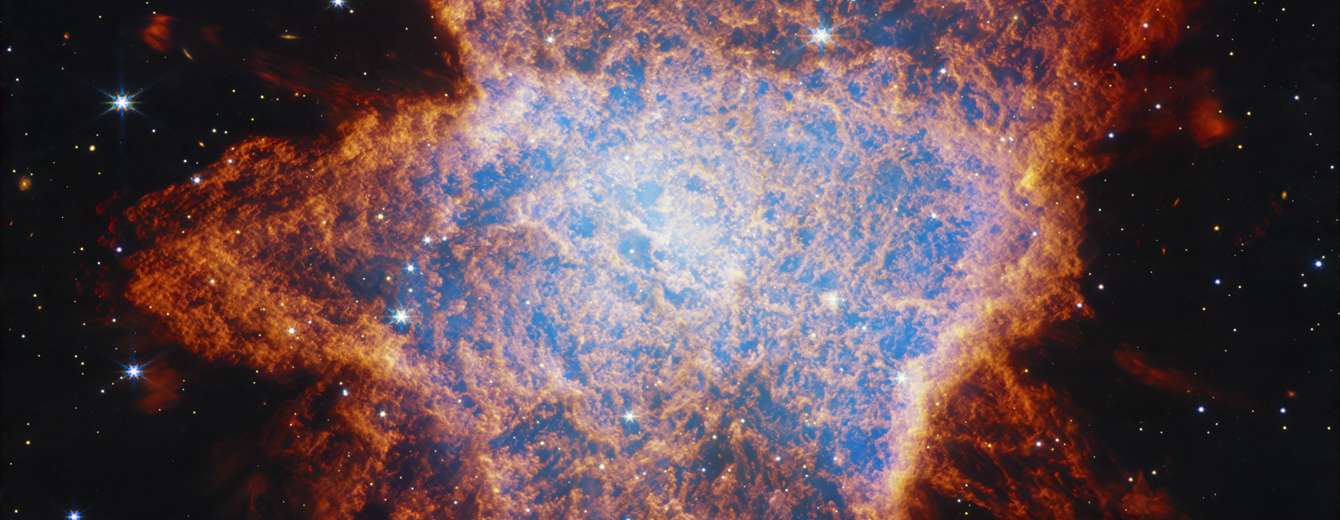
More than one star contributes to the irregular shape of NGC 6072.
The lifecycle of stars is one of the most well-studied areas of astronomical study, but is still shrouded in mystery. Stars are essentially the cosmic engines that shape the universe. They populate the universe with elements, some key to life as we know it. Planetary nebulas are spectacular showings of a star, 1 to 8 times the mass of our Sun, as it is dying, casting off a glowing shell of gas and dust. Eventually, our own Sun will go through this phase. However, it’s astronomers’ best guess on specifically what that last hurrah will look like – not that we’ll be around to see. Studying planetary nebulas outside our solar system may provide insights into that, however, more powerful telescopes and detailed studies have shown the process isn’t as straightforward as once thought. Complicated dynamics in systems, including interacting stars, create messy scenes, as seen in NASA’s James Webb Space Telescope’s newest look at a planetary nebula, NGC 6072.
Find additional articles, images, and videos at WebbTelescope.org
You are receiving this email because you are subscribed to the Inbox Astronomy mailing list.